Photos: 5,000-Year-Old Neolithic Figurine
Ancient figurine
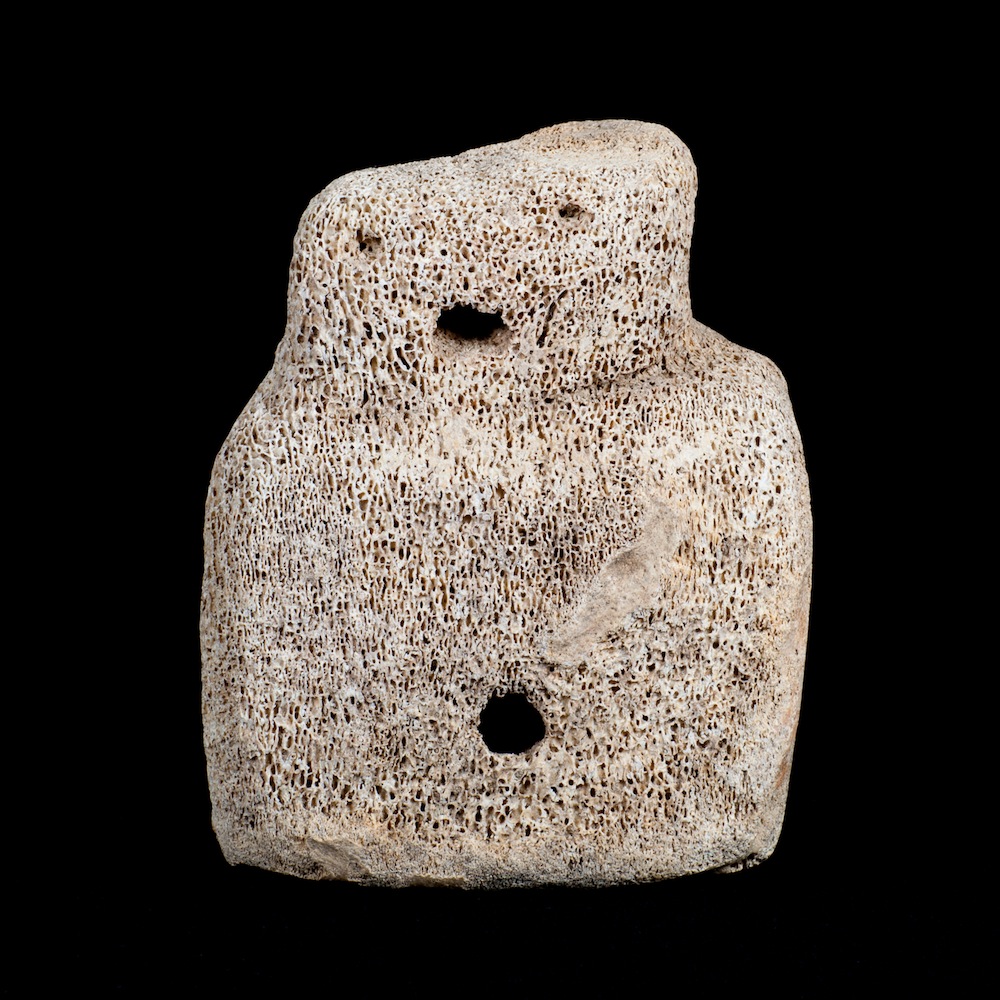
This 5,000-year-old whalebone figurine was discovered at the Skara Brae archaeological site, in the Orkney Islands of northern Scotland, in the 1850s. It is one of the oldest artistic representations of a human figure ever found in Britain. The figurine was part of a private collection in the 1860s, but its whereabouts were unknown for more than 150 years, until it was rediscovered in April of this year in a box at the Stromness Museum, in the town of Stromness in the Orkneys. [Read full story about the Skara Brae figurine]
Old 'friend'
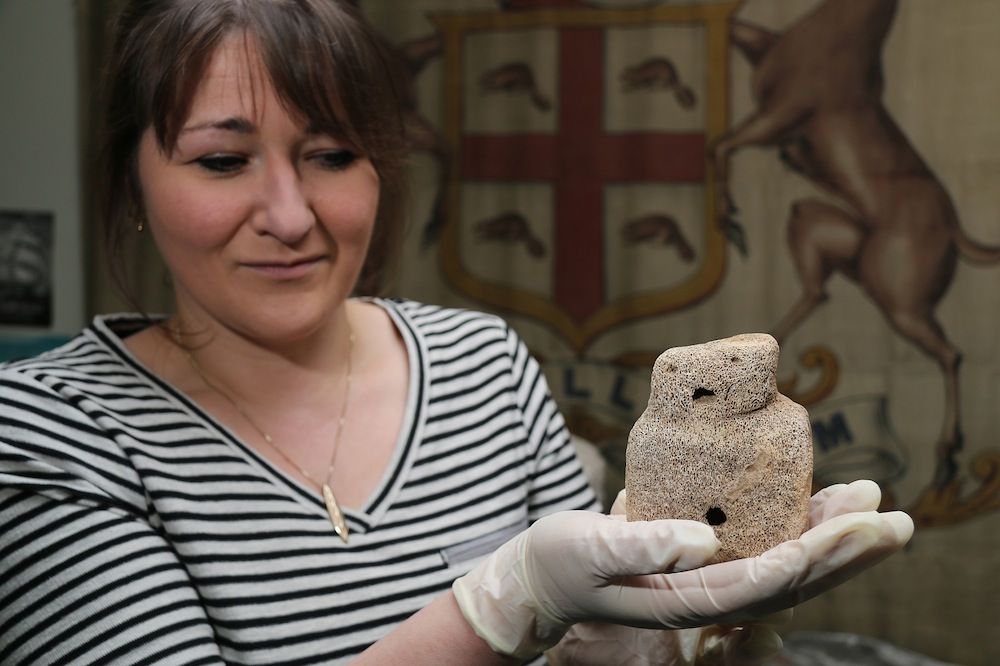
Janette Park, curator at Stromness Museum, with the whalebone figurine from Skara Brae in the Orkney Islands.
The figurine has been dubbed "Buddo," from the Orkney word for "friend." It is one of only eight Neolithic human figurines ever found in Britain: four figurines have been found in the Orkneys, and the others were discovered in southern England.
Neolithic village
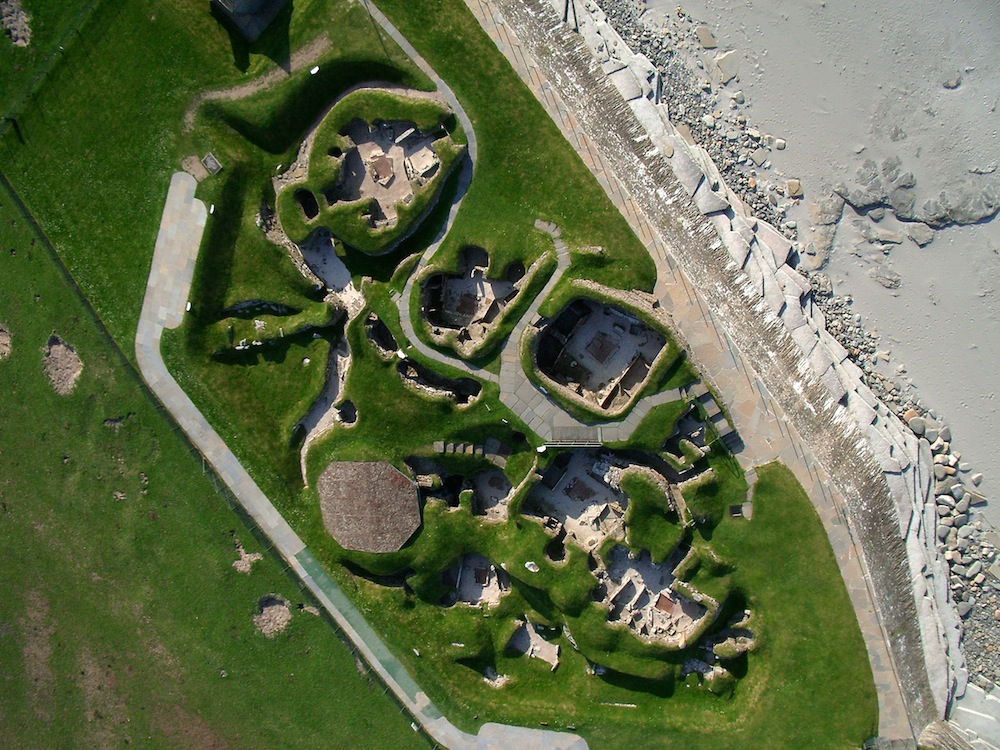
The Skara Brae archaeological site is one of the world's best-preserved Neolithic villages. It was discovered in 1850, after a major storm swept away the tops of sand dunes that were covering the site. The ancient houses are made of stone and are recessed into the ground, possibly as protection and insulation against the weather.
Set in stone
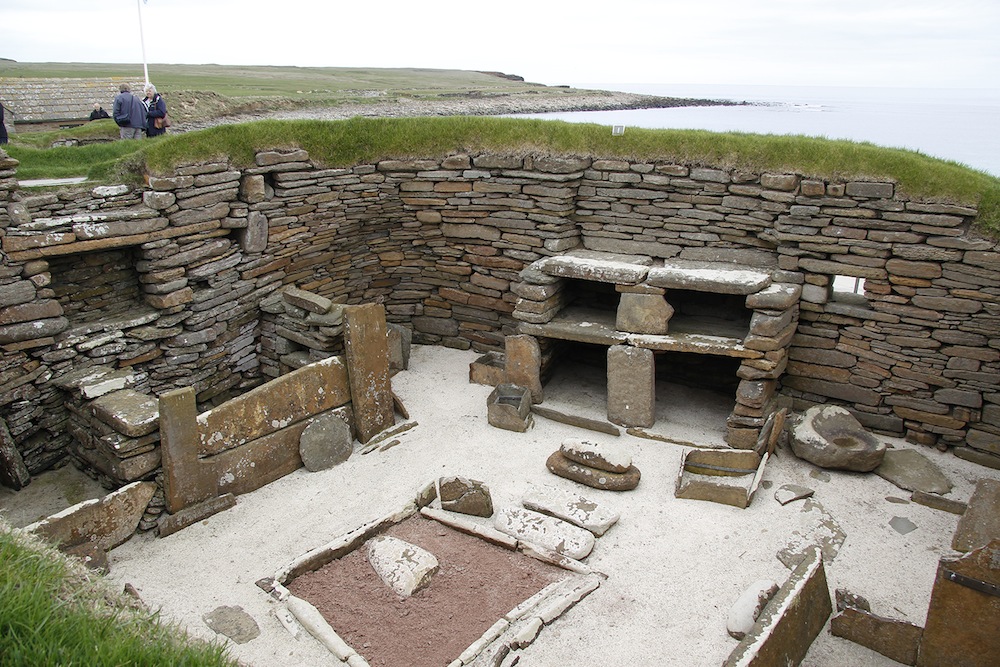
The Neolithic village houses are fitted with stone furniture, including beds and sets of shelves, or "dressers," which can be seen here at "House 8" at Skara Brae.
The Skara Brae Buddo was found on the floor of a bed compartment in "House 3" at the site, along with several other small objects. Archaeologist David Clarke, who rediscovered the Buddo figurine this year, thinks it may have been left behind on purpose, as part of a ritual when the inhabitants abandoned the village.
Whalebone figurine
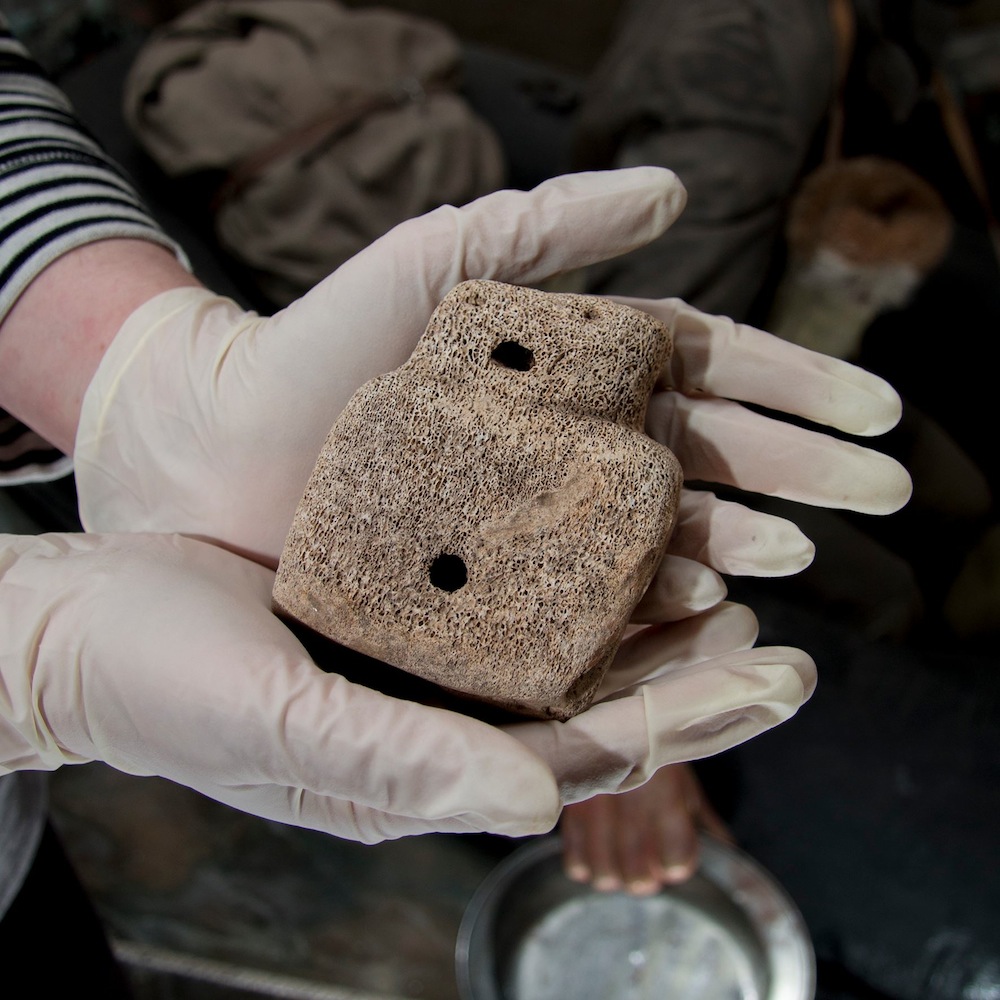
The Buddo is carved from what is thought to be a whalebone vertebrae. A hole runs through the head of the figurine from ear to ear, which may have been used to hang it up. Clarke thinks another hole in the base may have been used to separately attach legs to the figurine.
"Westray Wives"
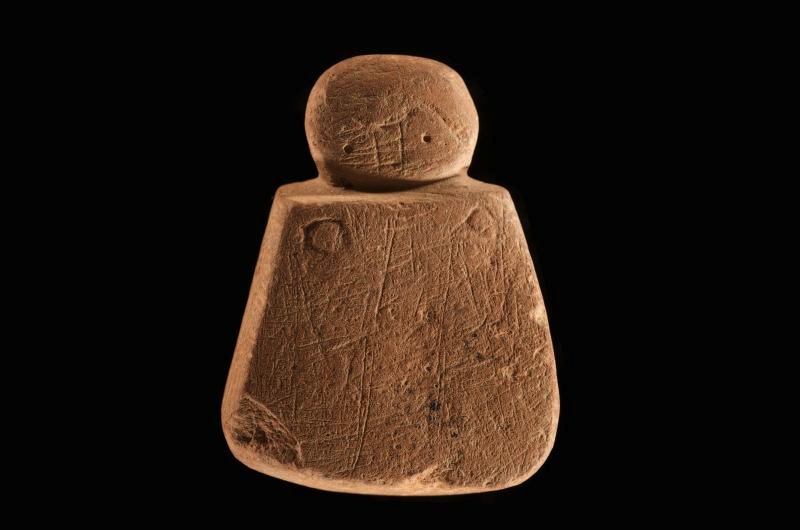
In 2009, archaeologists excavating the Links of Noltland site, on the island of Westray in the Orkneys, reported the discovery of three Neolithic figurines that have become known as the "Westray Wives." This image shows the largest of the Westray figurines, measuring around 1.6 inches (4 centimeters) in height and carved from sandstone. Archaeologists think this figurine is slightly older than the Skara Brae Buddo.
Other finds
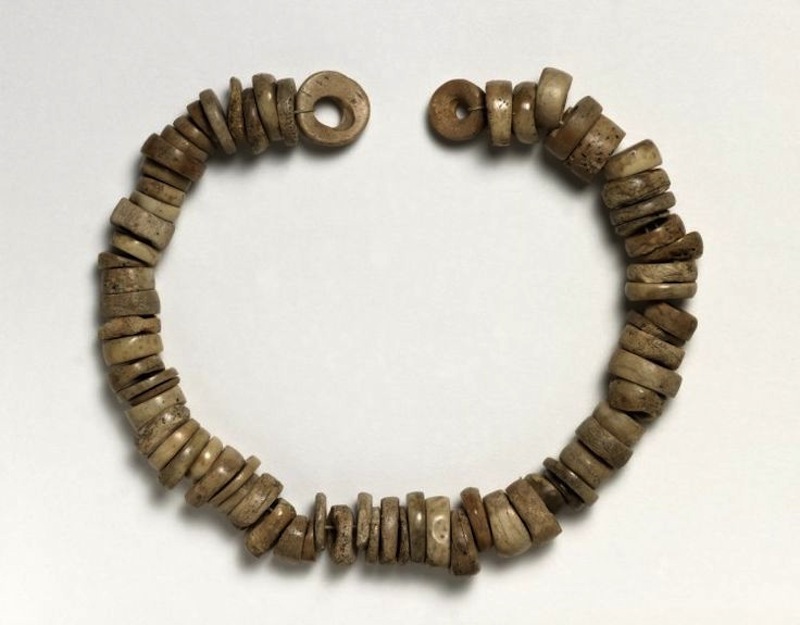
Other finds from the Skara Brae site include bone necklaces, pendants, beads and pins. Archaeologist Antonia Thomas, of the University of York, says bone artifacts from the Neolithic period are very rare, and that the many bone finds from Skara Brae were likely preserved by the alkaline sand that covered the site.
Sign up for the Live Science daily newsletter now
Get the world’s most fascinating discoveries delivered straight to your inbox.
Heritage site
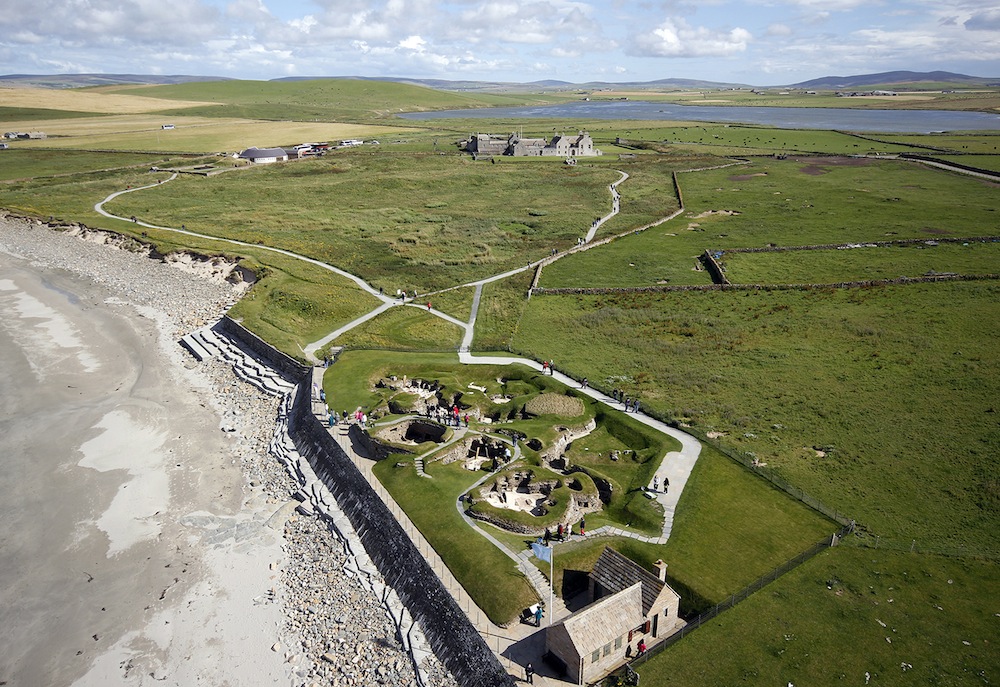
Today, Skara Brae is one of four archaeological sites on the Orkney Islands that make up the "Heart of Neolithic Orkney." It is also recognized by UNESCO as a World Heritage Site.
Skara Brae is especially famous for the preservation of its stone buildings and the abundance of Neolithic artifacts that have been found there. Archaeologists think the site was occupied from around 3180 B.C. until around 2500 B.C., when a cold change in climate may have caused the inhabitants to abandon the village. [Read full story about the Skara Brae figurine]
Tom Metcalfe is a freelance journalist and regular Live Science contributor who is based in London in the United Kingdom. Tom writes mainly about science, space, archaeology, the Earth and the oceans. He has also written for the BBC, NBC News, National Geographic, Scientific American, Air & Space, and many others.









